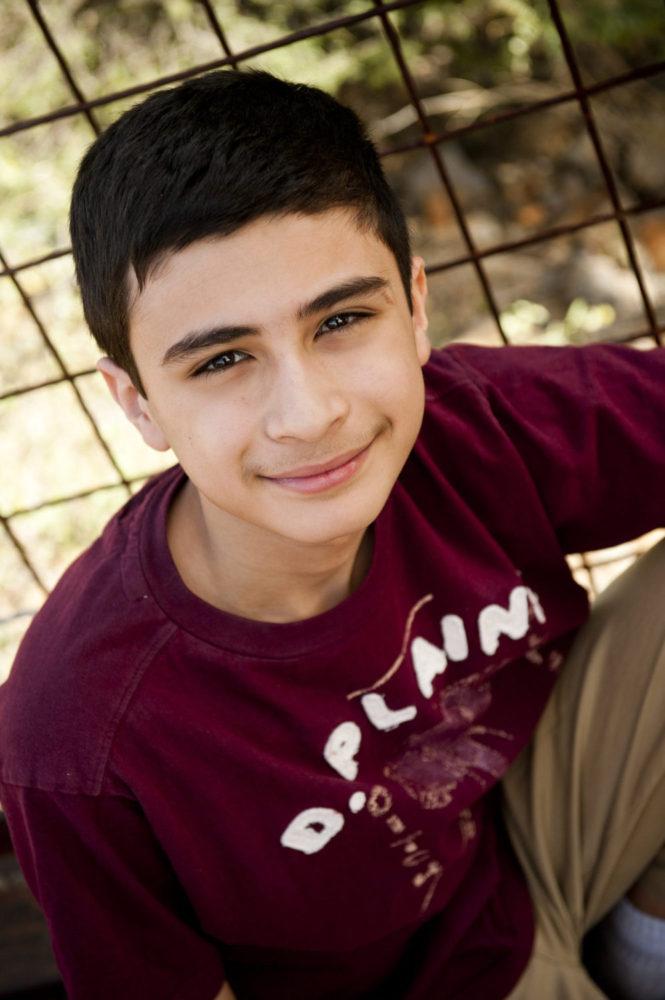Cameron Danesh, a JGS 8th grader, became the 2015 National Geographic Bee Arizona champion. Cameron bested more than 100 other contestants—including last year’s state winner—that had advanced from the school level to the state competition, held March 27, 2015.
Cameron’s win entitled him to a spot at the national competition, held May 11–13 at the National Geographic headquarters in Washington D.C. There, fifty-one champions from each state as well as from the United States Territories and Department of Defense schools competed for the top prize of a$50,000 scholarship, a trip to the Galápagos Islands, a lifetime subscription to National Geographic magazine, and $500 cash. Designed to inspire curiosity about the world in fourth through eighth graders, the National Geographic Bee helps students to gain a global perspective, according to the National Geographic Society.
This isn’t the first time that Cameron has competed in the GeoBee, as it’s known by participants. In fact, he became the Arizona state champ for the first time in 2013, after placing sixth in the state as a fifth grader the year prior. When asked how he felt about winning the state bee this time around, Cameron commented, “I was more relieved than anything. It was a lot of stress!” Having been to the national competition before, Cameron was less nervous about competing in D.C. Contrary to what might be thought, “there’s actually less pressure” at the national level.
A common misconception is that the geography bee tests knowledge only about geographic terms, the names of places, or the ability to identify areas on a map. While those things are important, students must also have a solid understanding from a standpoint of a location’s current events, history, politics, earth science, economics—and the ability to make connections between those subjects—in order to well at the competition.
Questions asked during the GeoBee are diverse (and pretty difficult!). Examples: Q. The North Atlantic current brings warm waters from the tropics to the west coast of which continent? (A. Europe.) Q. Which Canadian province produces more than half of the country’s manufactured goods? (A. Ontario.) Q. To visit the ruins of Persepolis, an ancient ceremonial capital of Persia, you would have to travel to what present-day country? (A. Iran.)
As could be guessed, having an interest in geography helps. For Cameron, geography has been a life-long fascination and hobby. Cameron has helped instill a geographic interest in others at JGS: Jackie Benson, one of Cameron’s teachers, says, “It is wonderful to see Cameron’s hard work pay off! He loves learning and uses every opportunity, whether it is in or out of the classroom, to soak up new knowledge. Not only is he an exceptional student, but he is also a great teacher. Cameron knows how to share his knowledge in a way that is easily accessible for non-Geography buffs. He often includes a joke or Monty Python reference as well!”
Gifted, funny, and talented, Cameron has attended JGS for the past two years. We’ve been thrilled to see his emerging leadership skills grow in addition to his many academic achievements. Although in Middle School, Cameron has been taking high school courses at JGS as well. Cameron’s many other interests include science (particularly physics) and animals—he is trusted care-taker of Jones-Gordon’s beloved guinea pigs, Oreo and Reeses. 🙂
Best of luck at the national competition, Cameron; we know you’ll do great!
Follow this link to learn more about the competition! National Geographic Bee

